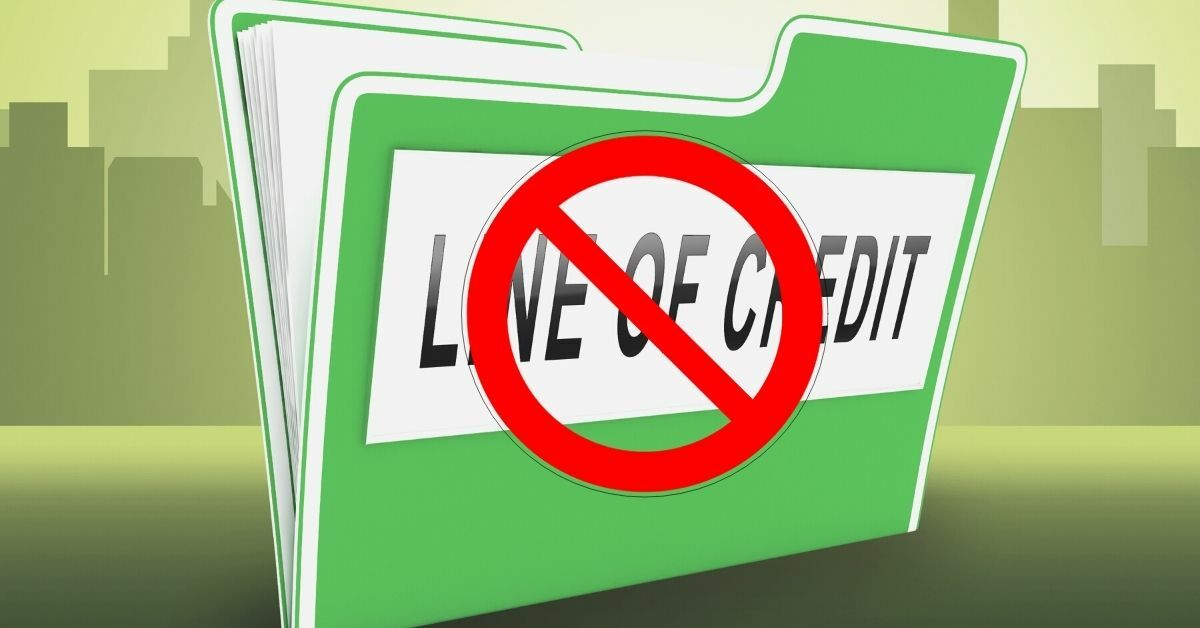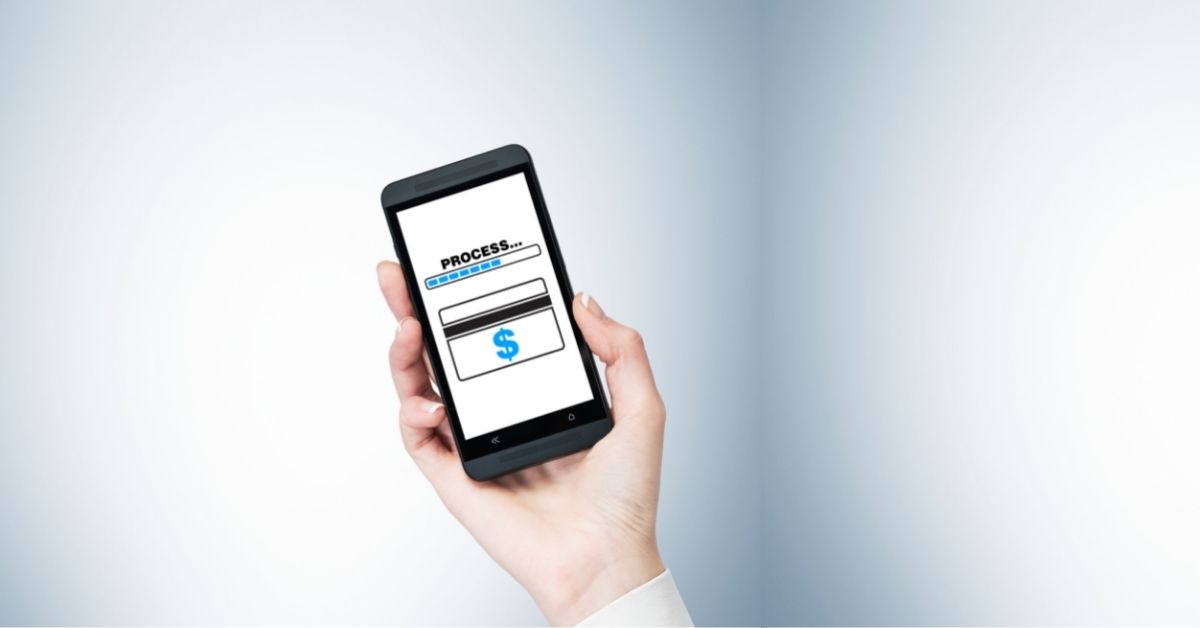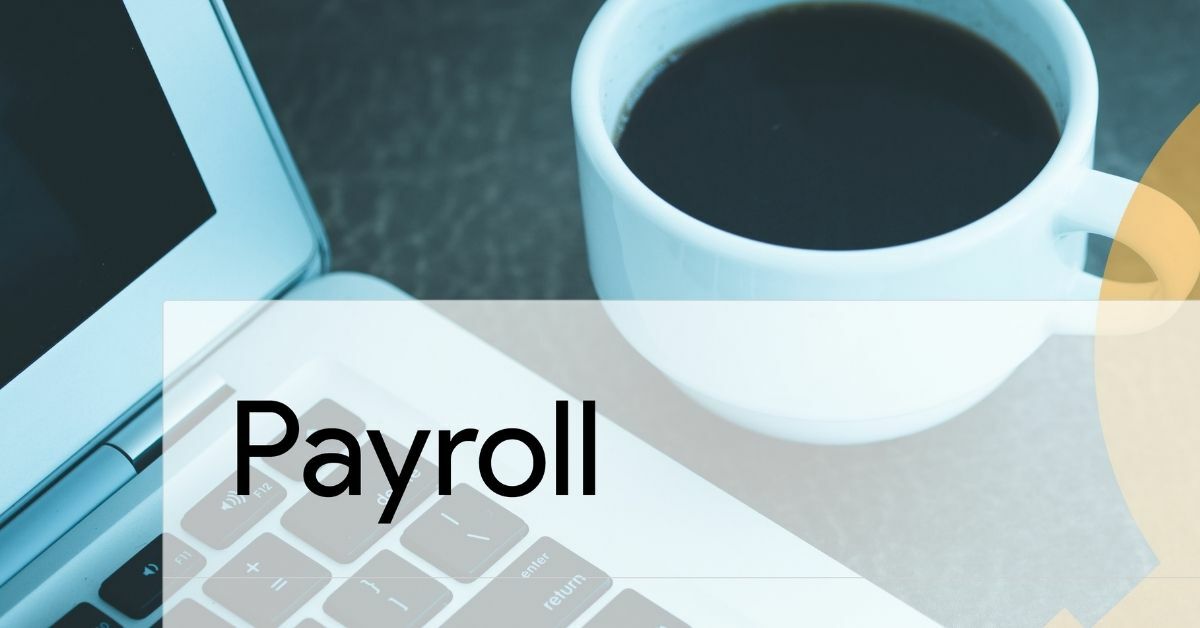Understanding your revenue drivers
For your business to make money, you need to generate revenue.
You produce revenue through your usual business activity, by making sales, getting your invoices paid, or taking cash from paying customers. So, the better you are at selling your products/services and bringing money into the business, the higher your revenue levels will be.
But what actually drives these revenue levels? And how do you get in control of these drivers?
Knowing where your cash is coming from is more crucial than ever
As a business, you face the multiple challenges of a global recession, an increase in online consumer buying and a ‘new normal’ when it comes to trading, markets and buying expectations.
The better you can understand the nature of your revenue and its drivers, the more you can flex, manage and control your ability to generate this income.
This helps your medium to long-term strategic thinking, and your decision-making, allowing you to be confident that you’re focusing on the business areas that deliver maximum revenue.
Important areas to consider
Revenue channels
Where does your revenue actually come from? Do you create income from online sales and ecommerce, through retail sales in bricks and mortar stores, or through wholesales to other businesses? You may focus on just one of these channels, or it could be that you use a mixture of two, three or more.
Revenue streams
Your total revenue will be made up of a number of different ‘streams’. Knowing which revenue streams you rely on, which are most productive and what return they are delivering allows you to make decisions.
If 80% of your income comes from 20% of your products, perhaps you need to tighten up your product range and ditch some of the poor sellers. If you’re selling more services to one particular industry, perhaps you should focus more marketing in this specific niche, or downscale your sales activity in less profitable niches.
Product/service split
Do you know which products/services are the most profitable in the business?
Which products/services have been resilient to market changes (giving you some revenue stability) and which have adapted well to change?
The more you can dive into your metrics and find the most productive and adaptable products and services, the greater your ability is to provide constant and evolving revenue for the business.
Value vs volume
Is your revenue based on selling a high volume of products/services at low margin, or low volume at a high margin?
Based on this, can you move your margin down to create a more attractive price point (and more value for customers)? Or are their ways to push volume up, shifting more units and boosting total revenue?
By diversifying into new channels, new streams or new products/services you can aim to balance value and volume to create brand new sales – and higher revenue levels.
Talk to us about exploring and understanding your revenue drivers
We’ll review the numbers in your business, help you to understand your revenue drivers and will give you proactive advice on enhancing your total revenue as a company.
Get in touch to kickstart your revenue generation.









